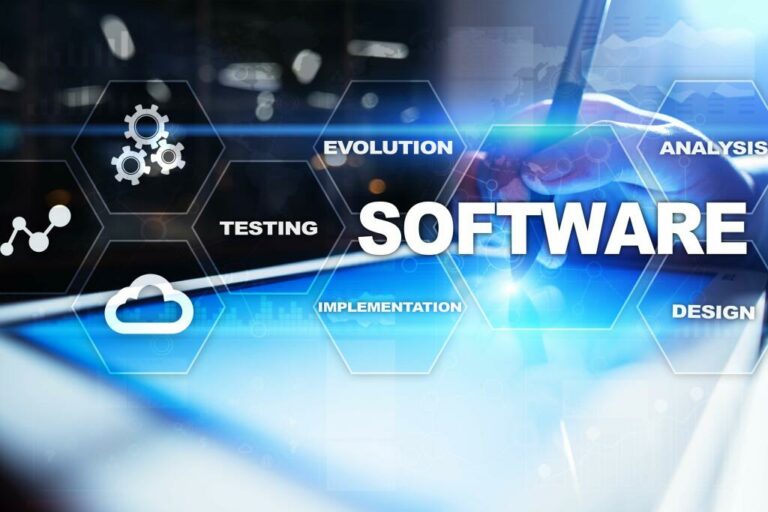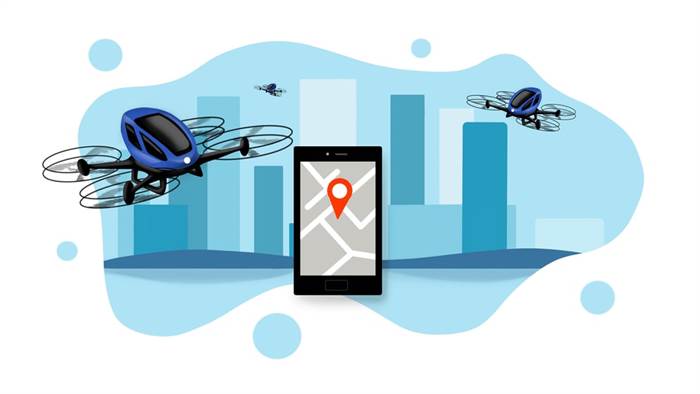Clarity on the various avenues of communication allows team members to successfully get work accomplished, perceive their roles, and know the place to search out the data they need about work. Establishing a communication plan may help you do all of this stuff in a way that’s easy for your team to observe. In addition to establishing your team’s mission or objective, it’s additionally essential to set roles for particular person staff members. As you add individuals to the staff, pay consideration to what qualities and skills you’ll want to complete the project.

Norms become a way of simplifying selections and facilitating collaboration, since members have shared expectations about how work will get carried out. The team meets and learns in regards to the alternatives and challenges, and then agrees on objectives and begins to deal with the duties. They could additionally be motivated but are often comparatively uninformed of the problems and goals of the staff. Team members are usually on their best habits but very focused on themselves. Mature team members start to model acceptable behavior even at this early section.
60-90 Day Plan: The Means To Onboard New Hires With Ease
Being resilient, laying apart ego and dealing collectively will allow the staff to satisfy the challenges and emerge stronger than after they began. Resistance to assigned tasks and bristling at certain guidelines or methods could happen. At this stage, members typically start to query the knowledge of the project at hand or even the aim of the group itself.
There’s a new initiative to run at and you’re keen to get started. You’re not sure who is doing what, or the method to break this epic project into smaller parts. The massive variations are often called enterprise units or departments. Of course, they may additionally be smaller assemblages of employees—committees, workgroups or simply project groups. Rizing’s objective is to enable each enterprise that makes use of SAP solutions to realize a very clever enterprise. We assist our prospects with a mixture of our own deep trade experience and leading SAP applied sciences.
Communication Within The Workplace
Teams often develop norms that information the activities of group members. Team norms set a standard for conduct, perspective, and efficiency that each one staff members are expected to comply with. Norms are efficient because staff members need to assist the staff and preserve relationships within the team, and when norms are violated, there’s peer strain or sanctions to enforce compliance. Leaders must be ready to effectively coach staff members by validating their considerations and offering tangible resolutions. They have to setup an effective process to resolve conflicts that can come up throughout this stage. If group members exercise understanding, tolerance, and endurance, they’ve a fantastic likelihood of creating it through probably the most troublesome stage.
Since people usually wish to be accepted by others, during this period they usually keep away from battle and disagreement. Team members may begin to work on their duties independently, not but focused on their relationships with fellow team members. As a team lead, it’s your goal to get your staff to this stage as quickly as potential. We discuss extra about tips on how to get your team thus far beneath. In this stage, team members are in the means of learning how to work collectively.
- In the norming stage, the leader ought to acknowledge the strengths and contributions of each group member and provide constructive feedback to assist them enhance.
- Reaching consensus on every concern that requires a debate is essential — compromises won’t help in the lengthy run.
- Take the time to mirror on your achievements and remind your staff why they’re doing what they do.
- In this free ebook, learn to create a shared sense of purpose in your group.
- The leader also needs to recognize the contributions of each team member and provide feedback to assist them enhance.
The staff, which is able to doubtlessly stay the same in a smaller company or startup, can now transfer on to the subsequent project. As the name implies, the Storming stage of staff improvement entails some battle. Group members might compete with one another for areas of responsibility and/or particular duties. There can additionally be battle in regards to the goals and aims of the project (or startup). For those group members who’ve previously worked together, previously unresolved issues may even arise. Some battle may be good as it can help work via issues, in addition to determine whether or not or not the group will be able to work together.
Storming starts when conflicts and competitors emerge in the group. At this stage, the group goals may already be clear, although its members could have totally different views on one of the best methods to realize them. Managers should assist the team contemplate everyone’s viewpoint and permit every member to contribute to related staff discussions. Reaching consensus on every concern that requires a debate is essential — compromises won’t help in the long term. Frequent and regular group retrospectives are nice for discussing and resolving points at this stage. When a new staff types, its members are not sure about its objective and goals.
This feedback is rarely shared publicly, we’ll use it to show better contributions to everyone. Mark contributions as unhelpful if you find them irrelevant or not valuable to the article. No matter what type of staff you’re forming, you most likely shouldn’t count on its members to instantly bond and quickly attain the level of a high-performing staff.
Manager’s Information To Navigating The Four Stages Of Group Growth
By understanding the five stages of group development, you presumably can assist your staff as they’re attending to know each other to rapidly allow collaboration and efficient teamwork. While engaged on a high-performing team could also be a really pleasurable and growthful experience, it is not the tip of staff improvement. There remains to be a necessity for the team to concentrate on both process and product, setting new objectives as appropriate.

Take the time to mirror in your achievements and remind your group why they’re doing what they do. This can also be an excellent alternative to acknowledge and praise the abilities of specific staff members. During the Ending Stage, some staff members may become less focussed on the group’s duties and their productiveness might drop. Alternatively, some team members might find https://www.globalcloudteam.com/ focussing on the task at hand is an effective response to their unhappiness or sense of loss. All teams should go through the initial four phases in order to become productive and ship results. You and your teammates trust one another sufficient to get a little artistic and progressive, while still delivering top-notch work on time.
The chief must be approachable and encourage open communication among the group members. This stage aims to establish a sense of belonging and build belief among team members. Bear in thoughts that, in some cases, you might must reform and relaunch a long-standing staff to reap the benefits of all 4 Tuckman stages. And to be clear, the Tuckman model is only one means of taking a glance at team growth. But it’s been around a very long time and I believe it still serves as a great jumping-off point for the idea of seeing groups as organically evolving entities somewhat than “plug and play” machines.
To get through this stage, members should work to overcome obstacles, to simply accept individual differences, and to work via conflicting concepts on staff duties and targets. The first step in a team’s life is bringing collectively a bunch of people. Individuals focus on defining and assigning tasks, establishing a schedule, organizing the team’s work, and different start-up issues. In addition to specializing in the scope of the team’s objective and technique of approaching it, people in the formation stage are also gathering impressions and details about each other.
The objective of this stage is to determine a high-performing staff that’s able to attaining its goals. Different opinions are shared, and there’s a sense of competitors. This can four phases of team development be tough for the group, as disagreements can result in dissatisfaction and discontent. The leader must stay calm and open-minded to help the team move ahead.

In this stage of group development, particular person members are simply attending to know one another and don’t have a gaggle process but. At this stage, the group isn’t very productive, as they’re nonetheless getting acclimated and figuring out the role that each individual will play on the staff. The chief should facilitate introductions and encourage open communication among the team members. The staff also wants to revisit their goals and aims to make sure everyone seems to be on the identical web page. Every group moves via the 4 phases of growth, and should slip again a stage or two as new challenges or alternatives arise.
During the Norming stage, members shift their power to the staff’s objectives and show an increase in productiveness, in both individual and collective work. The team could find that that is an applicable time for an evaluation of group processes and productivity. Our dialogue so far has centered mostly on a group as an entity, not on the individuals inside the team.

This is then adopted by a “performing” section that results in a new efficiency degree which they call the “reforming” section. “With group norms and roles established, group members focus on reaching frequent objectives, usually reaching an unexpectedly high degree of success.”[4] By this time, they’re motivated and educated. The team members are now competent, autonomous and able to handle the decision-making process with out supervision. Dissent is predicted and allowed so long as it’s channelled via means acceptable to the team.